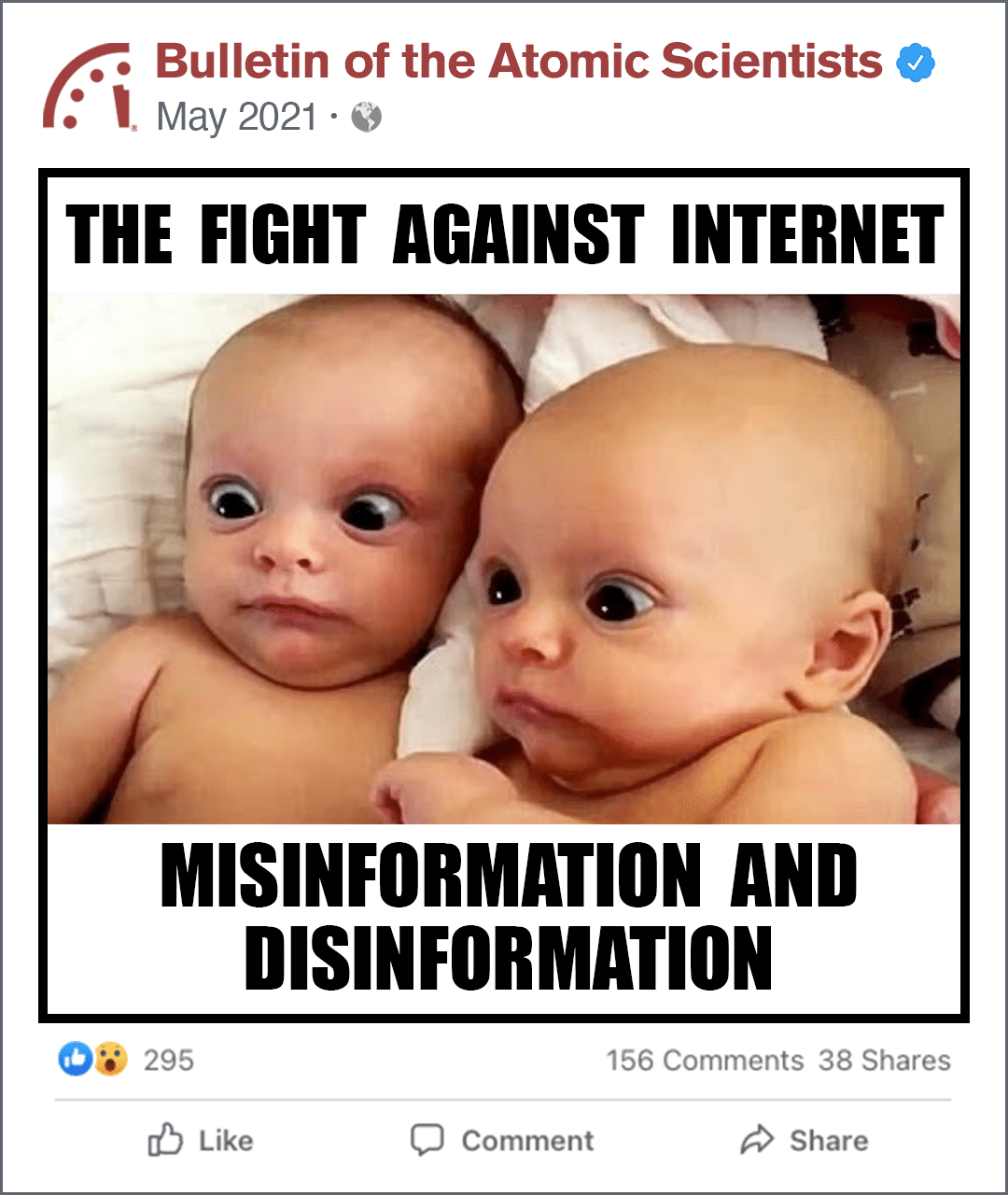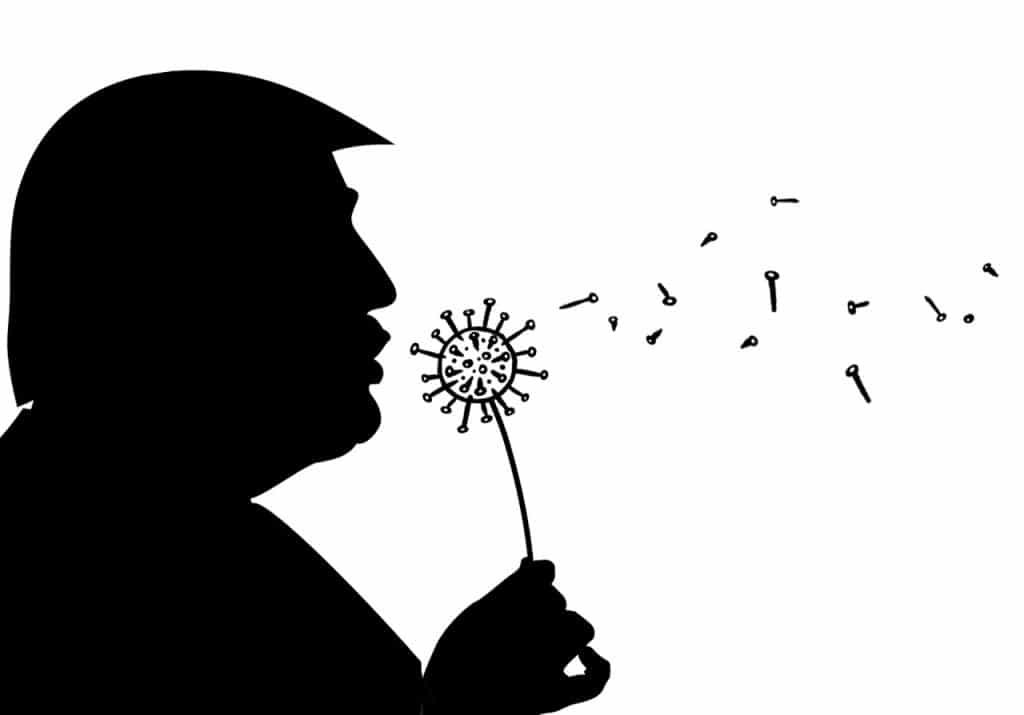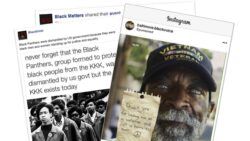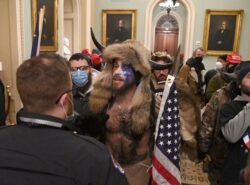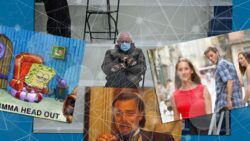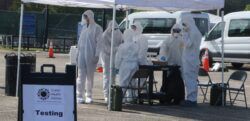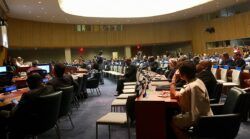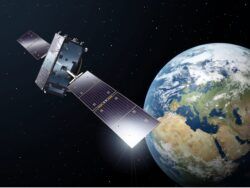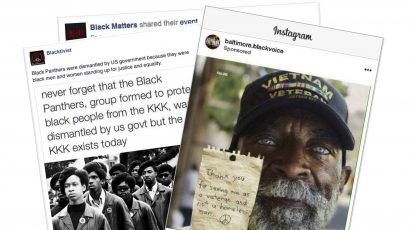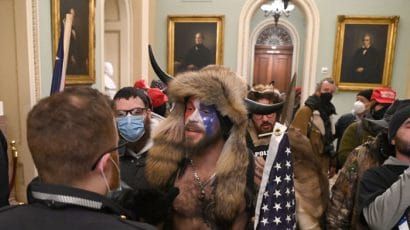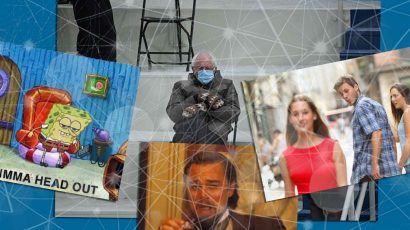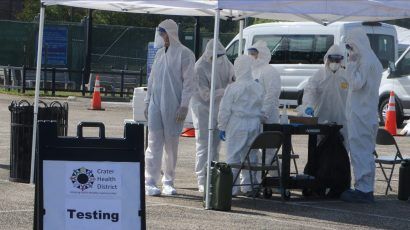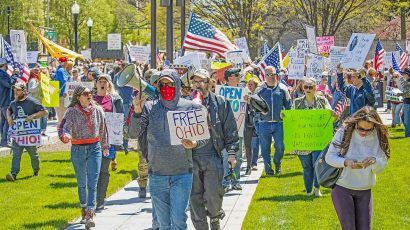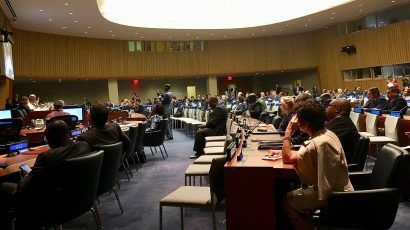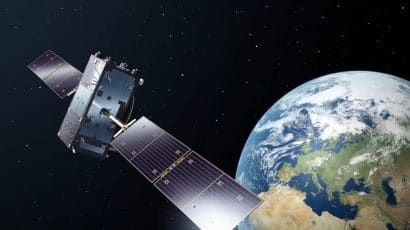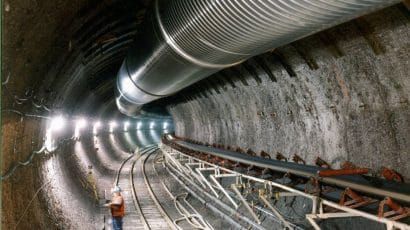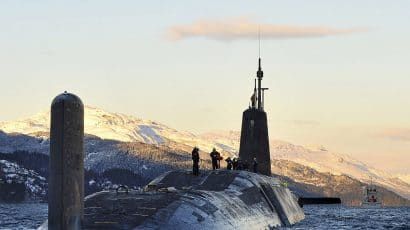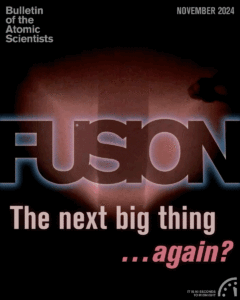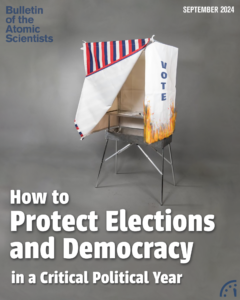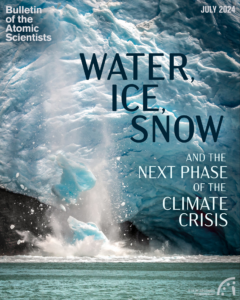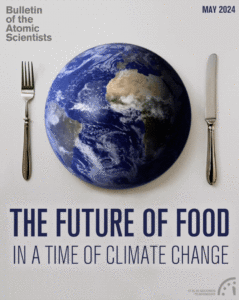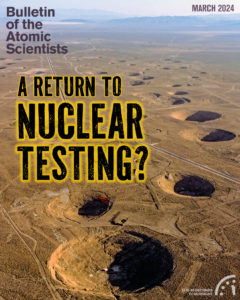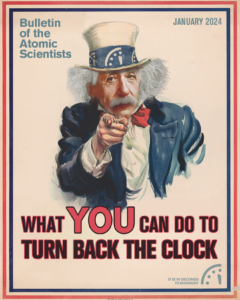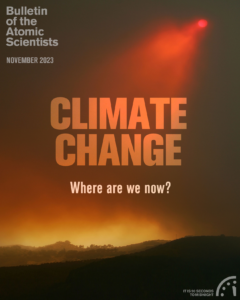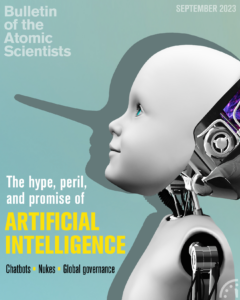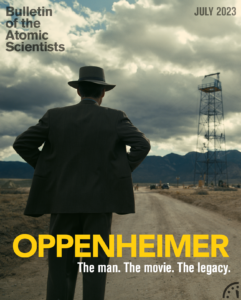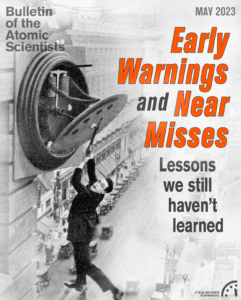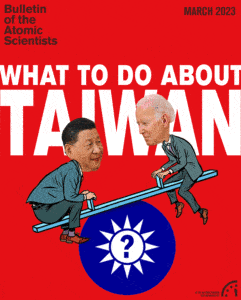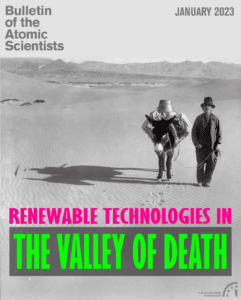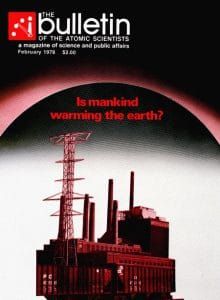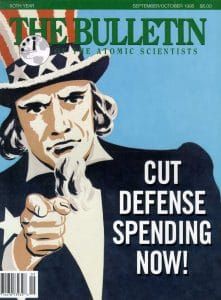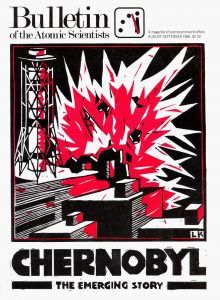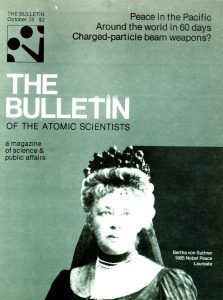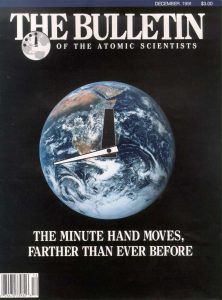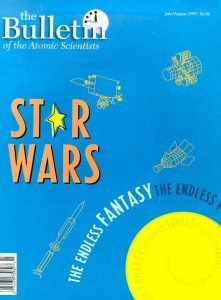DIGITAL MAGAZINE
May 2021
DIGITAL MAGAZINE
May 2021
Introduction: How to dial back a disinformation dystopia
Alan Miller: How the News Literacy Project teaches schoolchildren (and adults) to dismiss and debunk internet disinformation
Instead of reforming Facebook, should we just build something else?
Meme Warfare: AI countermeasures to disinformation should focus on popular, not perfect, fakes
Countries have more than 100 laws on the books to combat misinformation. How well do they work?
The layered, Swiss cheese model for mitigating online misinformation
Legal and political myths of the Treaty on the Prohibition of Nuclear Weapons
Avoiding an unintentional space war: Lessons from Cold War nuclear diplomacy
Opportunities for US-Russian collaboration on the safe disposal of nuclear waste
Nuclear Notebook: How many nuclear weapons does the United Kingdom have in 2021?
Alan Miller: How the News Literacy Project teaches schoolchildren (and adults) to dismiss and debunk internet disinformation
Instead of reforming Facebook, should we just build something else?
Meme Warfare: AI countermeasures to disinformation should focus on popular, not perfect, fakes
Countries have more than 100 laws on the books to combat misinformation. How well do they work?
The layered, Swiss cheese model for mitigating online misinformation
Legal and political myths of the Treaty on the Prohibition of Nuclear Weapons
Avoiding an unintentional space war: Lessons from Cold War nuclear diplomacy
Opportunities for US-Russian collaboration on the safe disposal of nuclear waste
Nuclear Notebook: How many nuclear weapons does the United Kingdom have in 2021?
Subscribe now
We've relaunched the Bulletin's award-winning digital magazine. Get premium access for less than $5 a month.
Magazine archive
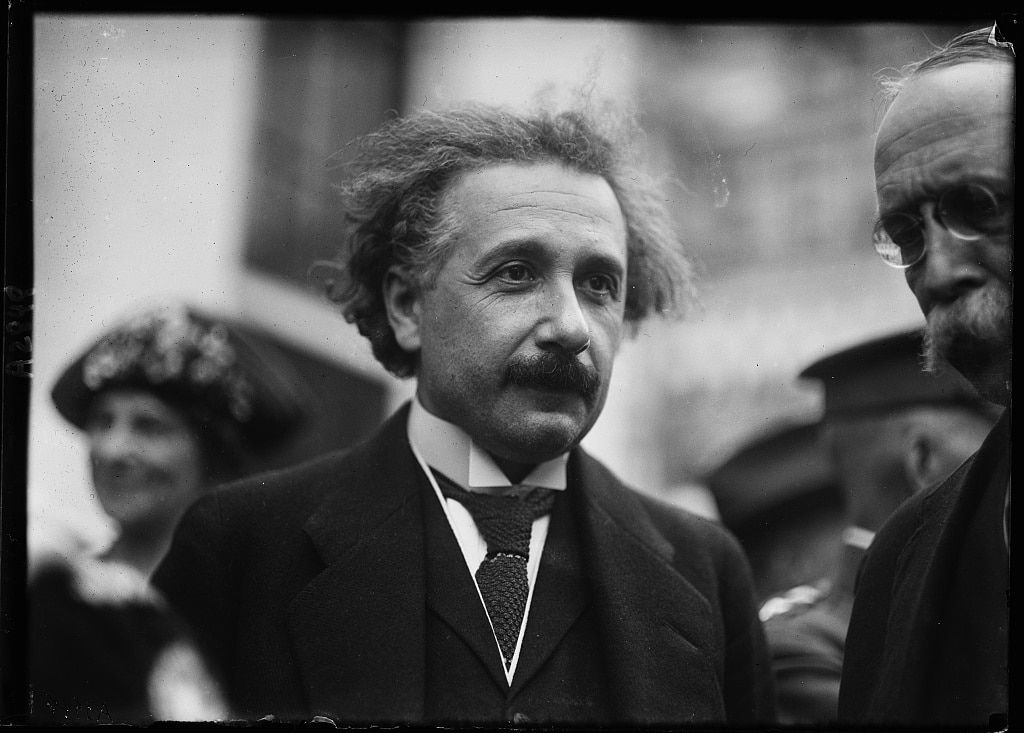
Premium subscribers can read the complete Bulletin of the Atomic Scientists’ archive, which contains every article published since our founding in 1945.
This archive was created in honor of John A. Simpson, one of the Bulletin’s principal founders and a longtime member of its Board of Sponsors. This searchable archive provides exclusive online access to original interviews and commentary by luminaries like Albert Einstein, J. Robert Oppenheimer, Ruth Adams, John F. Kennedy, Stephen Hawking, Christine Todd Whitman, US Secretary of Defense William J. Perry, and multiple Nobel laureates.
